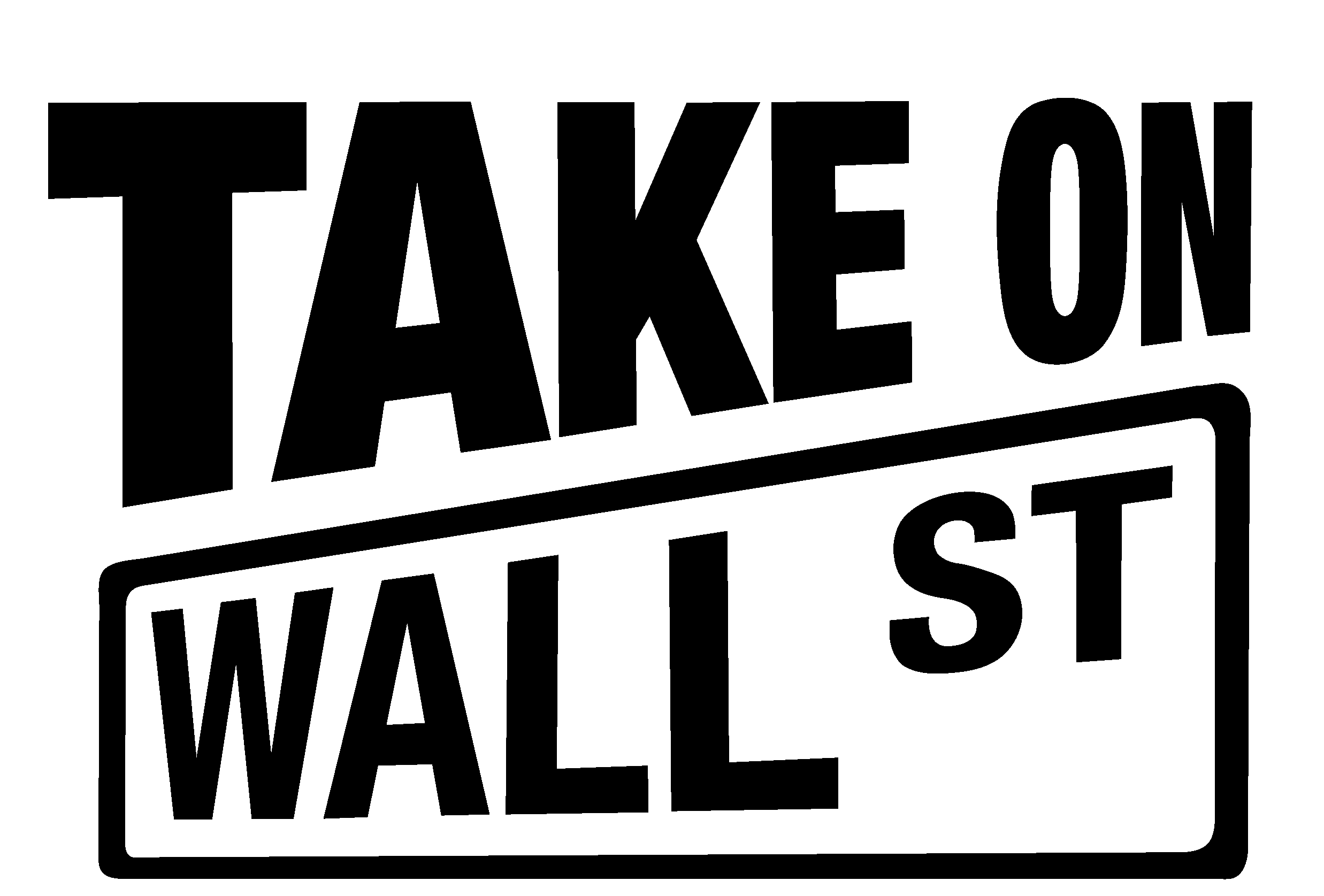March 8, 2022
CONTACT
William Pierre-Louis
william@ourfinancialsecurity.org
Today the Postal Service Reform Act (S.1720/H.R. 3076) passed the Senate [79-19], after having passed the House on Feb. 8. President Biden is expected to sign the bill into law quickly.
The Postal Service Reform Act eliminates the pre-funding mandate for retiree health benefits, integrates postal retirees into Medicare, creates a public real-time USPS performance dashboard, and enables “non-postal services” in partnership with state and local governments – like fishing licenses and subway passes – that were previously forbidden by the 2006 Postal Accountability and Enhancement Act. The vast majority of the budget shortfall at USPS can be attributed to the pre-funding mandate, and eliminating it removes the excuse for the service cuts and price hikes that postal customers have experienced since Louis DeJoy became Postmaster General.
“By passing The Postal Service Reform Act, Congress has laid the foundation. The next step is to build the house,” said Porter McConnell, co-founder of the Save the Post Office Coalition, and director of the Take on Wall Street Campaign. “The post office of the future, just like the post office of the past, must be free to meet new needs and bring in new revenue. If Congress and the President don’t clear a path for this growth and change, we’ll just find ourselves having the same conversation again in ten years.”
The Save the Post Office Coalition includes over 300 organizations that range from national groups like ACLU, NAACP, Indivisible, MoveOn, Color of Change, National Farmers Union, and Take on Wall Street, to state groups like Mainers for Accountable Leadership, Alaska PIRG, and Kentuckians for the Commonwealth. Coalition members VoteVets, RuralOrganizing.org, Social Security Works, and Public Citizen shared their perspectives on this landmark legislation when it passed the House last month.
The postal service was founded with the nation, and from the start has been core to the democratic project, growing and changing with the nature of communication – from letters to parcel post to postal savings accounts and everything in-between. But legislation passed in 1970 and again in 2006 chipped away at this public purpose, and limited the postal service’s ability to modernize and provide new services. The unqualified success of the postal service’s packing and delivery of free rapid tests to millions of households in the U.S. is a recent example of what’s possible when we use the postal service as the public policy tool it was always intended to be.
A vision for USPS’s future should build on the postal service’s history of serving every community, no matter how remote, and its long history as a pathway to the Black middle class. It should include bringing back postal banking and other services to meet unmet needs, particularly in BIPOC and rural communities, while also generating new revenue. New services could include everything from hunting licenses to checking on seniors, adding value to bus and subway passes, providing office services and a WiFi signal in the parking lot, census outreach and verification for social security and EBT cards, and even electric vehicle charging stations and grocery delivery. More on what the postal service can be found in the People’s Postal Agenda.
###

Leave a Reply